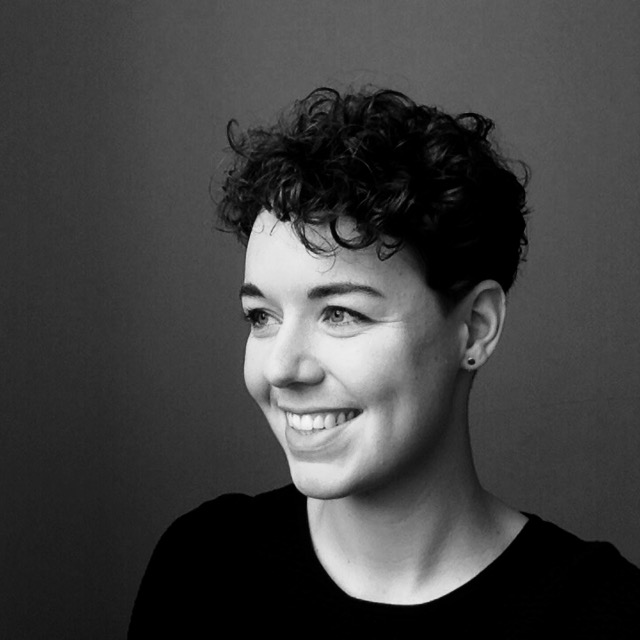Home making
Inspiring new video shows LA students' affordable temporary housing unit for people experiencing homelessness.
Currently more than 58,000 people in Los Angeles do not have a roof over their heads. The county’s homeless population has soared 23% over the past year. Officials and political leaders point to steadily rising housing costs and stagnant incomes as the underlying cause. While there are a number of initiatives in the long-term, without fast interim options people can be left stranded for two to five years.
Students from the USC School of Architecture teamed up with Madworkshop Foundation, Hope of the Valley Rescue Mission and the City of Los Angeles to see what can be done. In a new doccie by Plane-Site, Madworkshop director Sofia Borges explains:
"Shelter should be a human right but architecture for people experiencing homelessness is one of the most stigmatised architecture there is. There is an idea that people who are experiencing homelessness are kind of an underclass, that they deserve a different kind of design than everyone else, and if architects treat people experiencing homelessness like everybody else, there's a judgement - why would you give them something so nice?"
By actively involving people who are currently experiencing homelessness, the students created a concept that offers a way to create affordable, temporary housing: Homes for Hope. Based on modular and stackable 92-square-foot units that can be deployed quickly on vacant land, each living unit consists of a warm and bright interior with amenities that include a CNC-milled bed, dresser, desk, and storage.
The private units can aggregate into communities of up to 30 beds, and people share communal space for socialising, dining and bathing. The students also applied sustainable strategies like cross-ventilation and passive solar design to reach the highest levels of efficient thermal performance.
By developing a pre-approved unit that can be manufactured in bulk quantities, Homes for Hope can be deployed quickly and for a fraction of the price of typical LA construction. On top of this, it can be installed or dismantled in two weeks.
This project also offered an important experience for the students: Within a short period they not only designed, but also built a home and could witness the impact that it has on a person’s life and future perspective.




